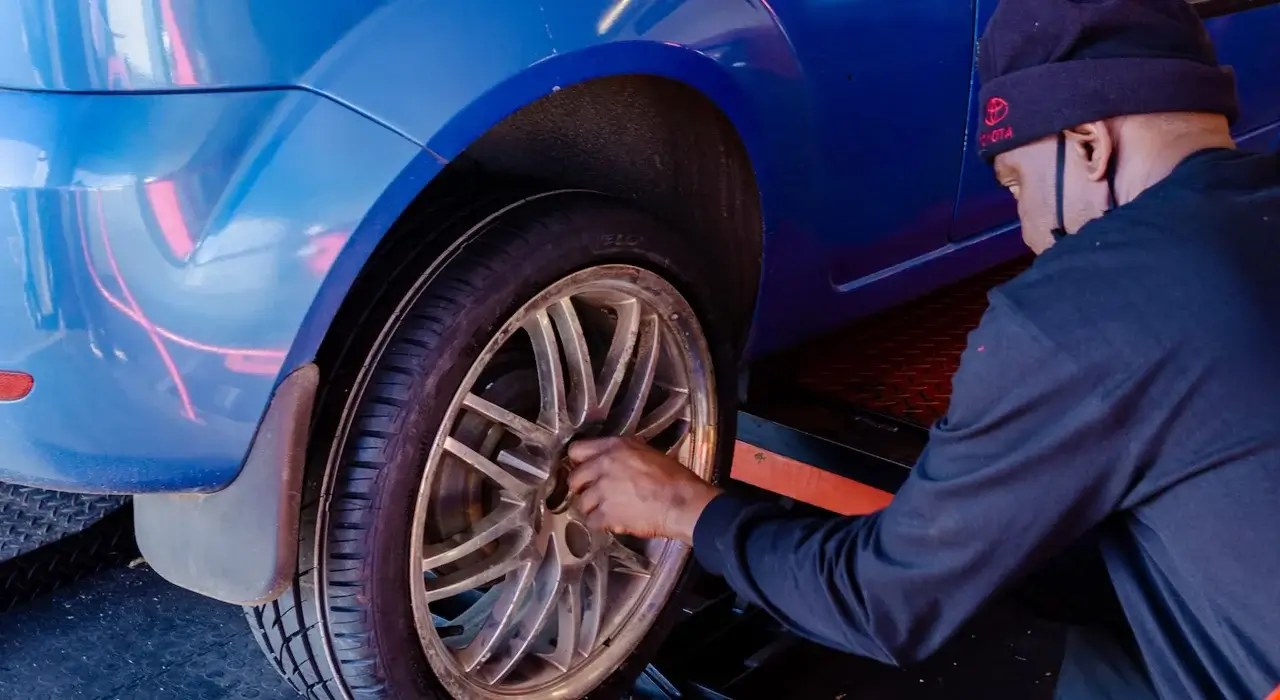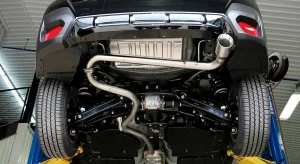With airfare and flight availability continuing to make travel plans inaccessible or cost prohibitive this holiday season, you may be considering traveling by car or personal vehicle to your loved ones. Hopefully, your travels are found warm and safe this holiday as you prepare for your road-bound trek.
As you make your way around your automobile for a precheck, it is a good time to make note of anything out of the ordinary. If your tires are showing signs of aging or wear, replacing them ahead of mishap can help to save time and money. Even though this might appear like a massive investment, new tires will allow for many safe miles to come.
Travel Checklist for the Holidays
As tires age, over time and through many revolutions, they become less like they were when they were brand new. New tires don’t only have a certain smell to them but they also are at their peak performance levels. Over time and distance, your tire’s tread depth becomes worn down and severe weather can make your tires crack and degrade faster. Old, brittle tires are not something that you should be driving on; especially so in harsh weather months.
Suggestion: Best Hybrid Cars 2022 Review
To ensure the safety of your vehicle for all the safest travels this season, here are five signs to look for when you might need to consider replacing your tires soon.
Dry Rotting or Cracking
When you are performing your travel pre-inspection, make sure to take a very close look at your tires. No need to break out the magnifying glass or microscope but a flight light might help. Over time, your car’s tires can start to dry rot, and crack due to exposure to sunlight, heat, and ozone.
This can cause the rubber on your tires to break down faster than usual and result in a loss of grip when driving. Ultraviolet light and heat are the biggest culprits of tire degradation. These types of wear and defects can also increase the likelihood of a blowout or flat tire. Don’t get stranded, check your tires for cracking ahead of time!
Bulges or Defects
If you notice any bulges or defects in the sidewall of your tires, this could be an indication that the internal or external structure has been compromised due to over-inflation, under-inflation, or a puncture.
Popular Post: Tool For Removing Rust From Car Frames
With roadways around the world showing signs of serious disrepair, the likelihood that your tires have experienced excessive levels of shock from potholes is higher than ever. If you spot any of these types of tire issues, it’s important to replace your tires as soon as possible as they can be dangerous to you or others.
Tire Wear Indicators Showing
All tires come with tire wear indicators that let you know when the tread depth has become too low and it’s time to replace them. These additional grooves or notches in your tread help to quickly gauge how much tread is left on your tires. In a pinch, or if your tires do not have indicators, you can use the head of a penny, upside down.
If the treads do not reach Abe Lincoln’s hair, your tires are definitely in need of replacement. When the indicator bars are showing level to the existing tire tread, it’s best to get new tires so you can drive safely. Whether you drive in the cold and snowy mountains or the windy plains, not having to worry about skidding or hydroplaning in wet weather conditions is a relief for many who prepare.
Old Age
Even if your tires appear to be in good condition, they may need replacing simply because of their age. Most manufacturers recommend replacing tires after 6-10 years, regardless of the amount of tread left. Sometimes, tire replacements are recommended sooner depending on the type of vehicle, tires, or the severity of the climates traveled.
This is because rubber breaks down over time and becomes more prone to cracking, punctures, and blowouts which can make your car less effective at gripping and stopping. Old tires should be replaced, especially if you are planning to drive a lot.
When They No Longer Hold Air
If your tires aren’t maintaining their air pressure for a sustained period of time or you’re having to constantly refill them with air, then it could be a sign that they need replacing altogether. Check your owner’s manual or the door jamb of your vehicle for the recommended tire pressure settings.
Make sure to set your cold tire pressures and monitor them for any excessive seepage or leaking. Additionally, a leak or loss in pressure could also indicate an issue with the tire valve stems which should also be inspected and replaced when your tires get replaced.
In Conclusion
No matter how big or old your vehicle is, or how often you drive, replacing your tires when needed is essential for regular maintenance.
To ensure the safety and longevity of your vehicle and family for many years and miles to come, this checklist should help to provide and inspire some additional thoughtfulness as we approach these special times of the year. To find the best-rated tires for your vehicle, shop online today for best rated brands like Kumho tires from Simpletire.
Discover more from Locar Deals
Subscribe to get the latest posts to your email.






